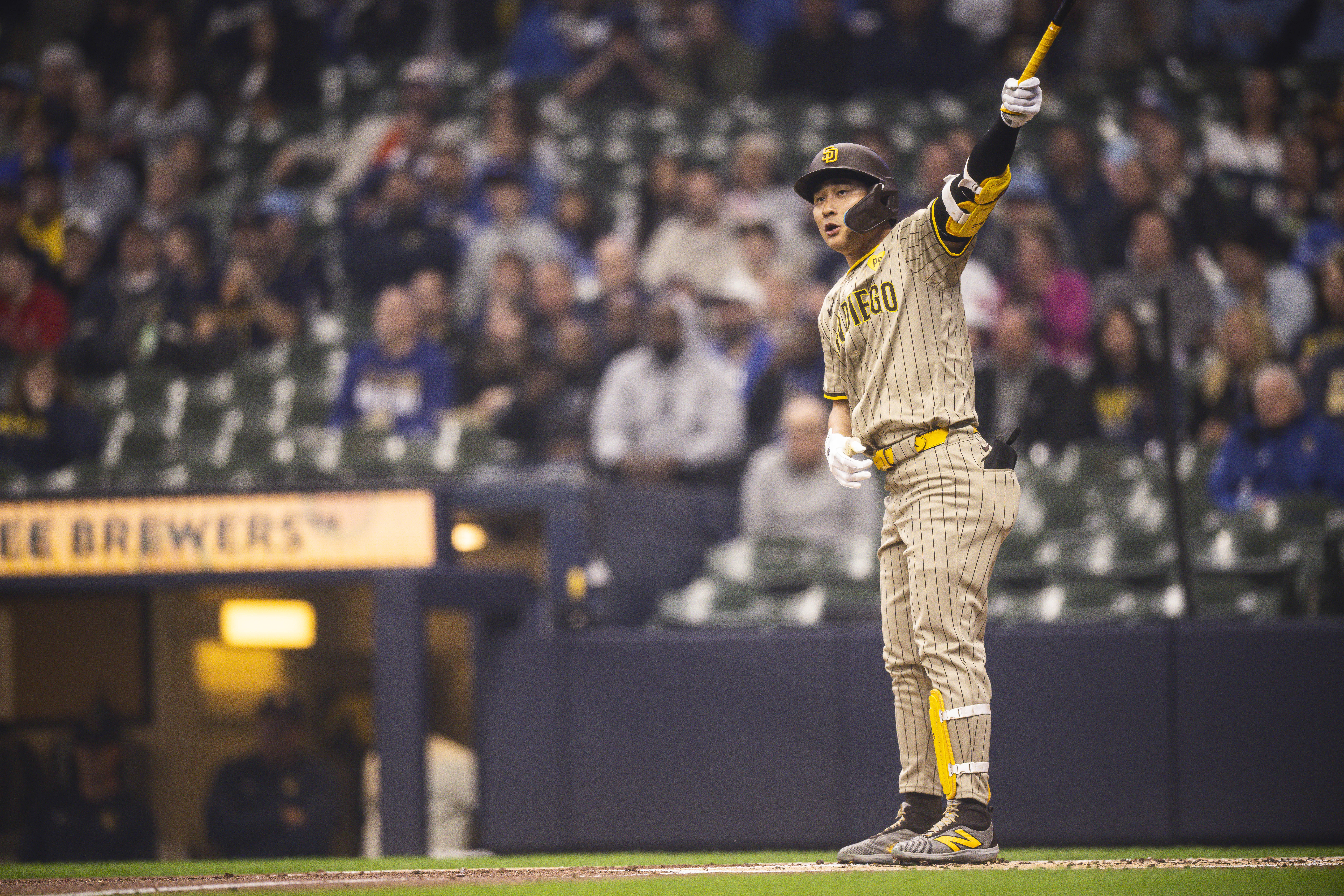It's only a matter of time before the wrecking ball removes Qualcomm Stadium from the face of the earth.
Whether it is two, four or 20 years from now, it seems inevitable that this will happen. When it does, a true San Diego landmark will be gone.
On August 20, it will be 50 years since the stadium hosted its first event: San Diego Chargers vs. Detroit Lions.
I was extremely fortunate to have spent 18 years of my life, from 1985-2003 at the stadium as the Assistant Stadium Manager.
Now is a good time to reflect back on what this concrete facility has meant to San Diego.
In its heyday (1980 - 2000), the stadium was the focal point of the city and the envy of other cities around the country.
During this period the stadium was among the busiest facilities in the country.
SportsWrap
The top sports headlines of the day
The Padres, Chargers, Aztecs, Holiday Bowl, high school football, Monster Truck and AMA Supercross, major concerts, soccer, Billy Graham Crusade, conventions and numerous parking lot events were held there.
The Stadium hosted three Super Bowl games, two Major League Baseball All-Star games, and two World Series.
In 2003, it hosted both a Super Bowl and World Series in the same year. It’s the only stadium that has done this.
Two weeks after the 2003 Super Bowl, the Rolling Stones came to play in the rain, followed a few days later by the Supercross.
I think of all of the dedication and hard work of the people working at the stadium that made these events happen.
The crew that worked a Padres game in the afternoon moved the stands right after the game, held an Aztec football game that night, and then moved the stands back for a Padres game the next day. It was truly an amazing accomplishment.
The Stadium was a place where the city gathered during tragic events.
In 2001, thousands came to the parking lot to be a part of the largest human flag in support of the attack on 9/11.
In 2003, the stadium became an evacuation and support center for people impacted by the Cedar Fire.
It was truly extraordinary how people and businesses from all over the county came to the stadium with food, clothing, bedding, etc. to help their fellow citizens who were left homeless.
Where will people go when the next tragedy occurs?
No matter what the city decides to do with the site, let's hope that it will serve the people of San Diego as well as Qualcomm Stadium has done for the past 50 years.



